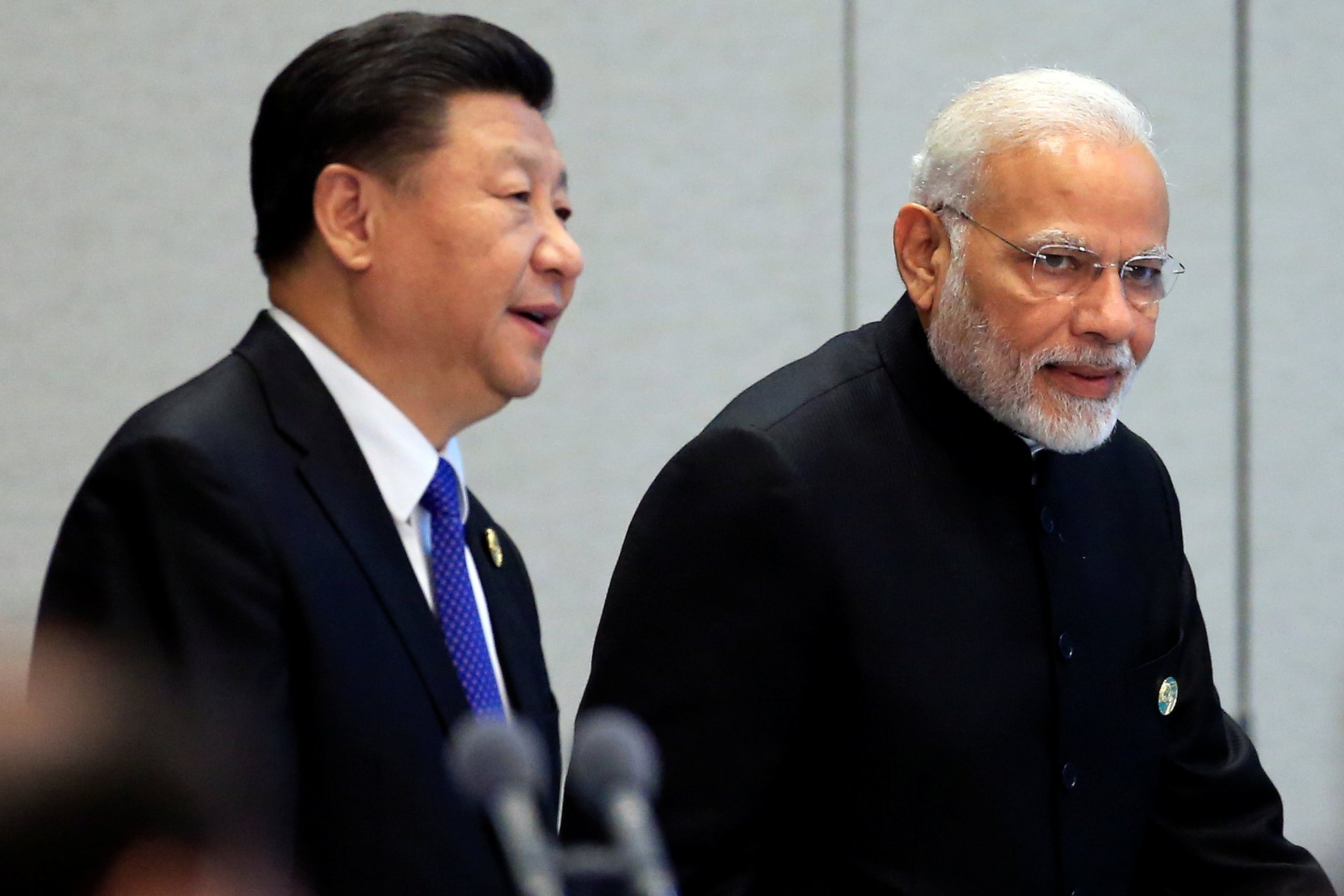How China has been nibbling away at Indian territory
India has largely been ineffective in thwarting such attempts

China has for years been chipping away at Indian territory along the long-contested border between the two countries. India’s mostly anodyne response to each attempt has reflected a state of denial.
Suggested Reading
The root cause of the strained relations between the Asian neighbours is the poorly defined 2,100-mile border, the line of actual control (LAC), that they share but has never been demarcated.
Related Content
China and India even fought a short but full-scale war in 1962, which was followed by a half-hearted truce. Today, many rounds of military-level talk later, tensions remain simmering.
China’s economic and conventional military superiority over India gives it the option to push the envelope, according to Michael Kugelman, director of South Asia Institute at Washington DC-based The Wilson Center, a non-profit focused on global issues.
“China’s policy has long been to confidently assert its claims over territory that India believes to be its own. It has a range of tactics in its toolbox to pursue this policy, ranging from the issuing of maps depicting its idea of the border to actual military provocations,” Kugelman said.
China has used salami slicing to gain territory
Renaming locations in India: On April 2, China released a list of 11 locations in the Indian state of Arunachal Pradesh, saying it will “standardize” their names. The renaming will include mountain peaks, rivers, and residential areas. It has for decades referred to the northeastern Indian state as the southern Tibetan region.
This is the third time in the past six years, China has declared the changing of names in territory under Indian control.
In 2017, it put out a similar list of six places, and another 15 in December 2021.
A day after its latest announcement, an Indian statement said renaming won’t alter reality.
China reacted to this, claiming “sovereignty” over Arunachal Pradesh.
“Zangnan (Arunachal Pradesh) is part of China’s territory. In accordance with relevant stipulations of the administration of geographical names of the State Council, competent authorities of the Chinese government have standardised the names of some parts of Zangnan. This is within China’s sovereign rights,” China’s foreign ministry spokesperson said at a press conference today.
Raising villages inside India: In November 2020, China reportedly constructed a village in Arunachal Pradesh with more than 101 homes. TV news channel NDTV published satellite images of the village.
The village was constructed approximately 4.5 kilometres from the de facto border within the Indian territory, the report claimed. While the Indian Army denied this, a parliamentarian belonging to the ruling Bharatiya Janata Party raised serious concerns.
“China has entered more than 60-70 kms inside the upper Subansiri district in (Arunachal Pradesh) if you follow the path along the river. They are constructing a road along the river known locally as the Lensi as it flows in the direction of the Subansiri river,” Tapir Gao, the member of parliament from Arunachal Pradesh, told NDTV in January 2021.
The Indian government did not challenge this. It told the news channel that China had undertaken such infrastructure construction “activity in the past several years.”
“Our government, too, has stepped up border infrastructure, including the construction of roads, bridges etc, which has provided much-needed connectivity to the local population along the border,” it said.
Denying patrolling rights to Indian troops: The two nations have for a long time disagreed over patrolling rights of troops deployed in border areas.
For instance, 10 patrolling points along the LAC in India’s Ladakh were blocked by Chinese troops in 2020, The Hindu reported. In another report this January, it said India had lost access to 26 out of 65 patrolling points in eastern Ladakh.
The troops have increasingly been involved in violent scuffles, too, in recent years. At least 20 Indian and four Chinese soldiers died in one such incident in December 2020. These were the first-ever fatalities between the two sides since 1975, when Indian soldiers were reportedly ambushed by the Chinese.
However, the Indian prime minister has, inadvertently or otherwise, denied that anybody had entered Indian territory.
“No one has intruded and nor is anyone intruding, nor has any post been captured by someone,” he said.
Is India running out of options?
Kugelman of The Wilson Center believes India is in a difficult position vis a vis China due to its limited military power.
“This is a conundrum for New Delhi. The Modi government is highly nationalistic and is keen to convey strong messages to its rivals. But if its public messaging is tough and defiant, it comes across as lacking in credibility when it’s unable, for example, to expel Chinese forces from India-claimed territory,” he said.
Others, however, think differently. Ashok Swain, a professor in the department of peace and conflict research at Uppsala University, Sweden, blames the “political considerations at home” for India’s tepid response.
“...A confrontation with Pakistan, which is much smaller, helps Modi build his strong-man image. A confrontation with China does not give that advantage to Modi; rather, there is a certain possibility that the made-up image might get punctured. Modi’s strategy to protect his image is helping Xi to build his image at the cost of Indian territory,” he told Quartz.
